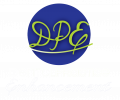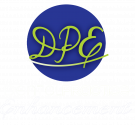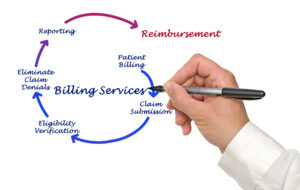In the world of dentistry, the primary focus is often on patient care and maintaining a thriving practice. However, there’s a critical financial aspect that often goes overlooked – accounts receivable. Managing dental accounts receivable is a vital component of running a successful dental practice, and understanding its true cost is essential for long-term sustainability.
Accounts Receivable Defined
Accounts receivable (AR) refers to the money that patients owe for services provided but haven’t yet paid. In a dental practice, this typically includes insurance claims, copayments, and out-of-pocket expenses. While AR is a normal part of business operations, it’s crucial to recognize the hidden costs associated with it.
The True Cost of Dental Accounts Receivable
1. Cash Flow Strain
One of the most significant costs of accounts receivable for dental practices is the strain it places on cash flow. When payments are delayed, it can lead to cash flow problems, affecting your ability to cover overhead expenses, pay staff, and invest in necessary equipment or technology upgrades. Maintaining a healthy cash flow is vital for the sustainability and growth of your practice.
2. Administrative Expenses
Managing accounts receivable requires a dedicated administrative effort. Staff members must process insurance claims, send patient invoices, make follow-up calls, and reconcile payments. The time and resources spent on these tasks represent a hidden cost that can be better allocated to more productive activities within the practice.
3. Collection Costs
When accounts become seriously delinquent, dental practices may need to resort to collection agencies or legal action to recover the outstanding amounts. These services come with their own set of fees and costs, further eating into your practice’s profitability. Additionally, pursuing aggressive collection tactics can harm your practice’s reputation and patient relationships.
4. Interest Expenses
Many dental practices accept patient payment plans or financing options. When patients utilize these options, the practice often incurs interest expenses if it extends credit. These interest charges can add up over time, reducing the overall profitability of the practice.
5. Opportunity Cost
Every dollar tied up in dental accounts receivable represents an opportunity cost – the potential earnings your practice could have generated if the funds were readily available. This lost potential for investment or expansion can be significant, especially for practices looking to grow or upgrade their facilities.
6. Risk of Non-payment
Accounts receivable also come with the inherent risk of non-payment. Some patients may never settle their bills, either due to financial difficulties or simply choosing not to pay. This risk increases with the age of the receivables, and it’s essential to have strategies in place to minimize bad debt write-offs.
How DPE Can Help
Dental Practice Enhancement aims to help dentists put policies and practices in place to ensure their patients pay on time. We do this by auditing patients’ accounts, making corrections to accounts, and training your team members.
Contact Us Today!
Dental accounts receivable may seem like a routine aspect of running a dental practice, but it’s essential to recognize the hidden costs associated with it. Cash flow strain, administrative expenses, collection costs, interest expenses, opportunity costs, and the risk of non-payment can all impact the financial health of your practice.
Work with Dental Practice Enhancement to learn how to implement efficient billing processes, offer flexible payment options, and regularly review aging receivables. Proper management of accounts receivable not only benefits your bottom line but also enhances patient satisfaction and loyalty, ultimately contributing to the growth and sustainability of your practice.





